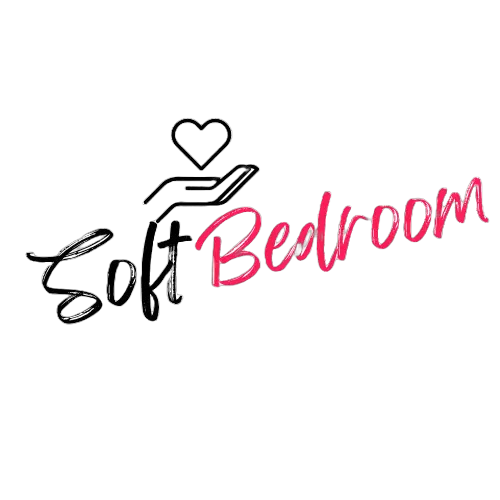How Does Fasting Affect Your Sleep?
Does fasting affect your sleep? Yes, but the relationship is complex—fasting can either enhance or disrupt sleep depending on timing, duration, and individual biology. As intermittent fasting gains popularity for weight loss and metabolic health, many overlook its profound influence on rest. You might assume skipping meals leaves you exhausted, but research reveals surprising connections … Read more
